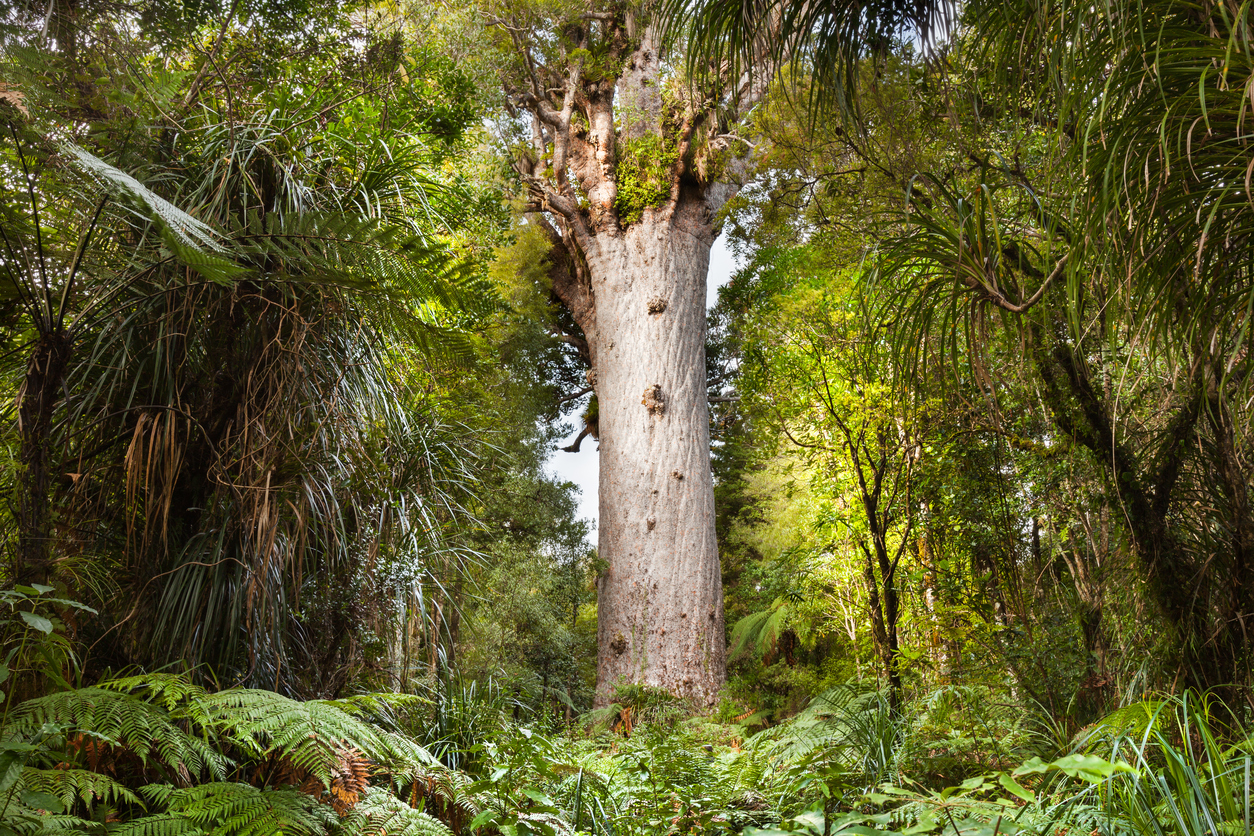Despite years of research, we have few tools to combat kauri dieback. If we can’t defeat the disease we’ll lose more than our forest giants write Dr Amanda Black from the Bio-Protection Research Centre, based at Lincoln University and Dr Monica Gerth from Victoria University of Wellington, we’ll lose an entire ecosystem.
An excerpt (read in full):
Kauri dieback is one of the biggest crises ever to face New Zealand’s forests. It threatens not only individual kauri trees, but the entire ecosystem around them. If kauri disappear, so do all the other plants and animals that depend on them.
This disease also threatens something else many New Zealanders hold dear: the ability to go into forests, to hunt, to walk, to unwind, and to relax.
Should government agencies do more to manage this, or is this a natural phenomenon that we should just accept and do nothing? How did it get to the point that many scientists, as well as affected iwi, believe interim forest closure is the only viable option?
Unfortunately, this is a disease we still know very little about. Phytophthora agathidicida, or “killer of kauri”, wasn’t even named until 2015. But we do know that it eventually kills all the trees it infects – whether they are tiny seedlings or the majestic rakau rangatira (chiefly trees) such as Tāne Mahuta.
Right now, we have little – if anything – available to stop kauri dieback. Researchers are working to develop new tools to control its spread, test potential cures, and find trees that are genetically resistant.
